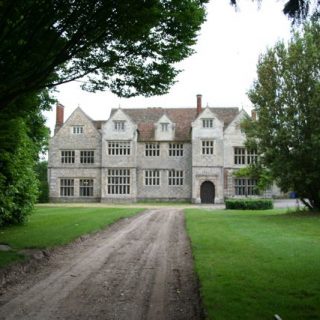Specific Location: Cambridge
THERE once came to England a famous foreign professor, and before he came he gave notice that he would examine the students of all the colleges in England. After a time he had visited all but Cambridge, and he was on his road thither to examine publicly the whole university.
In her 1848 publication ‘The night side of nature, or, Ghosts and ghost seers’, Catherine Crowe describes an apparition witnessed at the apartment of a Cambridge University student. Unfortunately in the account repeated below there is no indication as to the exact location where this experience took place or when it happened.
In a History of the Supernatural (1863), William Howitt mentions a haunting associated with Trinity College, Cambridge. He had obtained the information from the poet William Wordsworth (7 April 1770 – 23 April 1850), who in turn had been informed of it by his youngest brother, Christopher Wordsworth (9 June 1774 – 2 February 1846), The Master of Trinity.
A strange experience concerning a potential haunting was recounted in the The Diary of Abraham de la Pryme, the Yorkshire Antiquary, published 1870. This haunting seemed to have made an impression on 17th century Cambridge though given the way in which the activity ceased it is very possible that the events were hoaxed.
On 14th November 1857 Captain German Wheatcroft died whilst serving his country during the Indian Mutiny and at the time of his death, his wife is said to have witnessed his apparition whilst in her Cambridge home.
This Tudor mansion was in the hands of the Huddleston Family from the 16th century right up until the 1970’s.
This Tudor mansion was built by John Hynde in 1543 and is said to have numerous secret passages. Many houses from this period have passages and secret priest holes especially if they were owned by Catholic families when England was ruled by Protestants.
The hall is said to be haunted by the ghost of Lady Ursula Hynde, who was the wife of John, the builder of the house.





Recent Comments